What is the best glue?
Dave555
11 years ago
Related Stories

DIY PROJECTSDiscover the DIY Secret Weapon of Decoupage Glue
With this liquid glue and sealant in your crafting arsenal, you can tackle a variety of home DIY projects in a single bound
Full Story
DESIGN DICTIONARYGilt
Gilt is a thin decorative layer of gold applied to furniture and accessories with gold leaf and glue
Full Story0
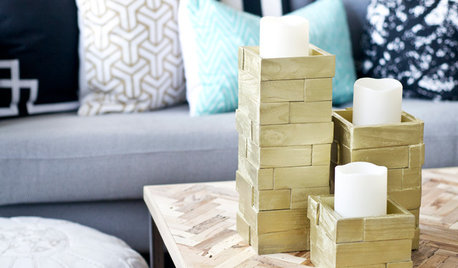
DIY PROJECTSMake Fall-Perfect Wooden Candleholders — Without a Woodshop
Store-bought wood shims and glue mean you can hand craft these eye-catching holders with less fuss
Full Story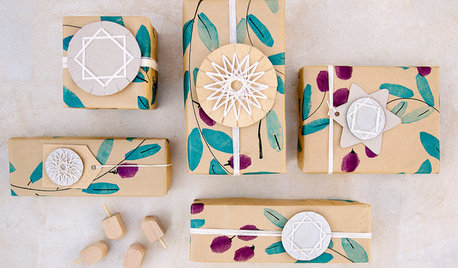
HOLIDAYSHoliday DIY: Get Wrapped Up in These Geometric Star Paper Crafts
No glue required: Just a ball of string and some cardboard are all you need to get started making a garland or gift tag
Full Story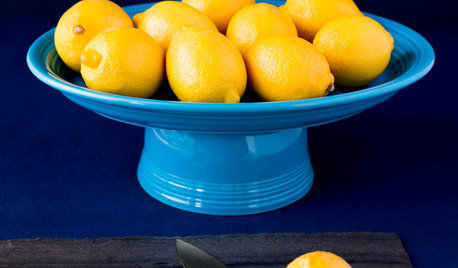
MOST POPULARThe Easiest, Most Versatile Cake Stand You'll Ever Make
Show off sweet somethings and your own impressive handiwork — just don't let on how little effort it took
Full Story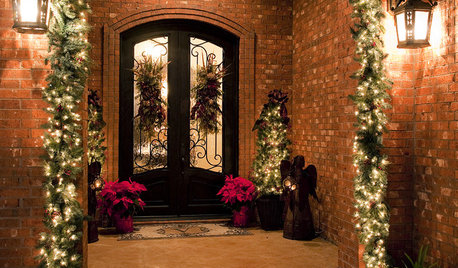
MOST POPULARA Contractor's Secrets to Hanging Holiday Decor
Hang a wreath or garland on brick, concrete, Sheetrock or wood the professional way — and avoid the potential pitfalls
Full Story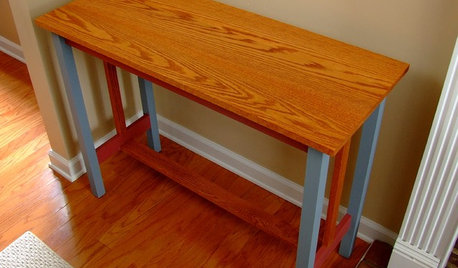
DIY PROJECTSPocket Hole Joinery, the Beginning Woodworker's Best Friend
Make a wide range of sturdy wooden pieces with just this little bit of know-how
Full Story
DECORATING GUIDESCrafty Homes Unleash a Wildly Creative Spirit
Mix an offbeat aesthetic with a DIY demeanor, and what have you got? One-of-a-kind homes with a sense of design adventure
Full Story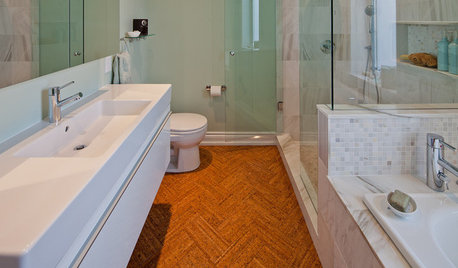
FLOORSWill Cork Float for Your Bathroom Floor?
Get the facts on advantages, disadvantages, costs and installation to see if a cork bathroom floor is right for you
Full Story









bobismyuncle
brickeyee
Related Professionals
Middletown Cabinets & Cabinetry · Morristown Carpenters · Roselle Park Carpenters · Worcester Carpenters · Saddle Brook Carpenters · Fairview Park Flooring Contractors · Homestead Flooring Contractors · Lebanon Flooring Contractors · Lombard Flooring Contractors · Norton Flooring Contractors · Novi Flooring Contractors · South Lake Tahoe Flooring Contractors · Southlake Flooring Contractors · West Chester Flooring Contractors · Hoffman Estates Furniture & AccessoriesOrrinL
brickeyee
mecarp
brickeyee
mecarp
laydeebug72
brickeyee
bobismyuncle